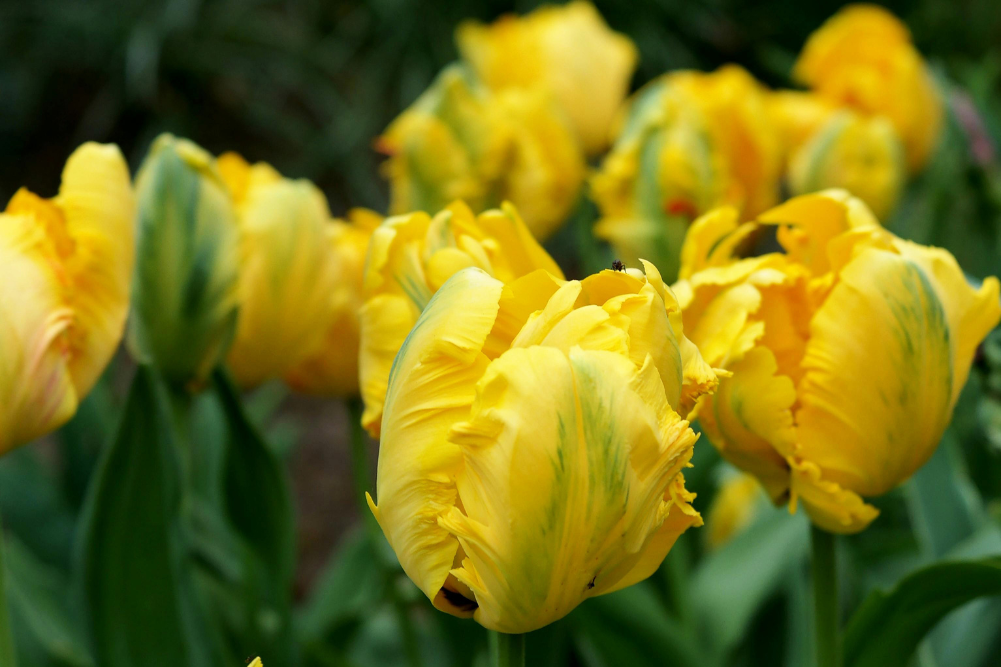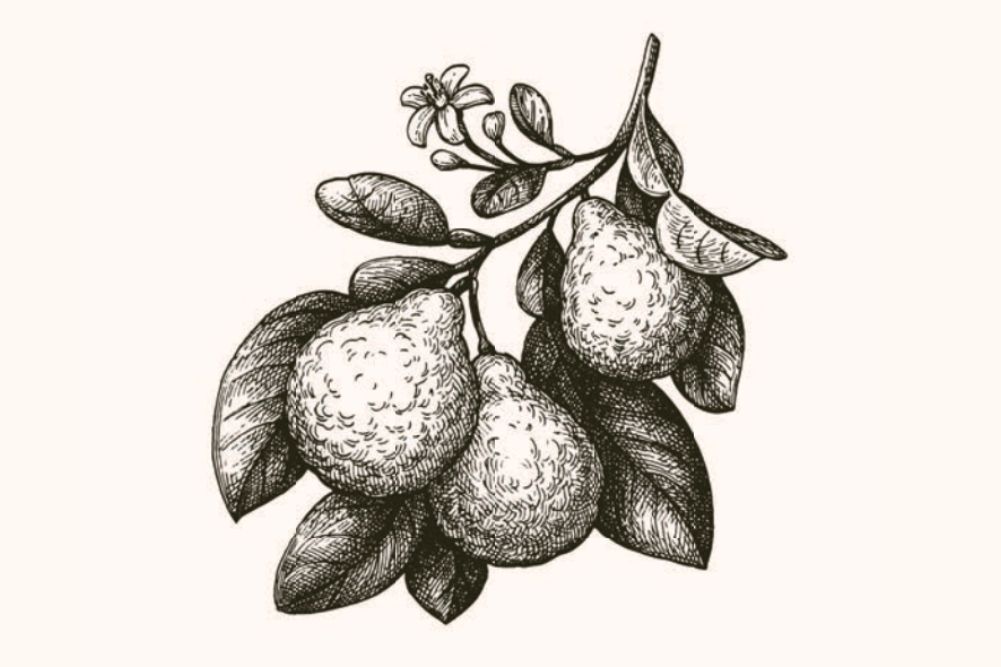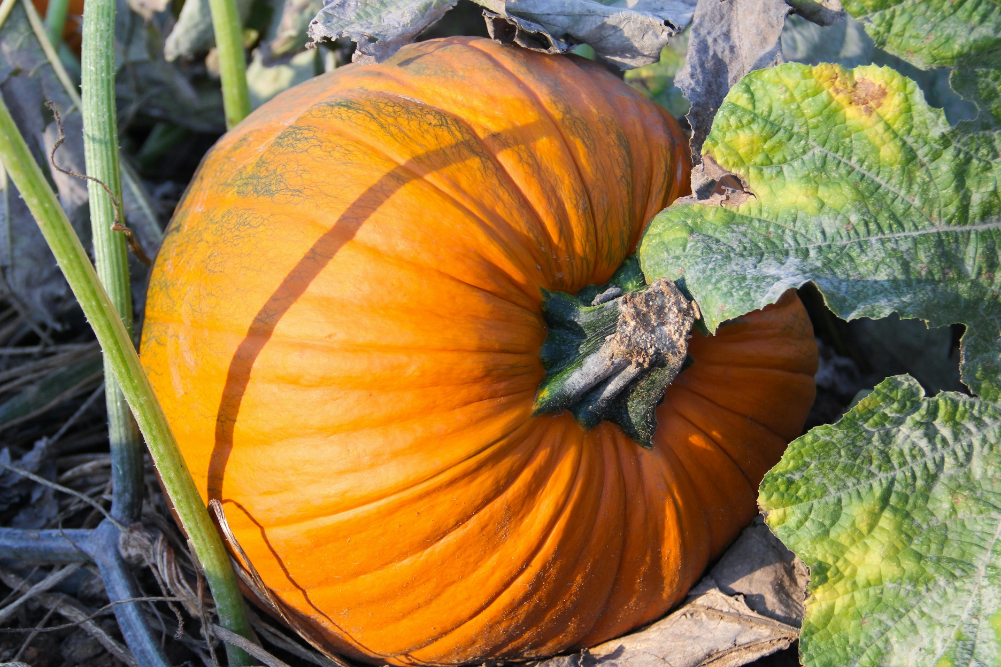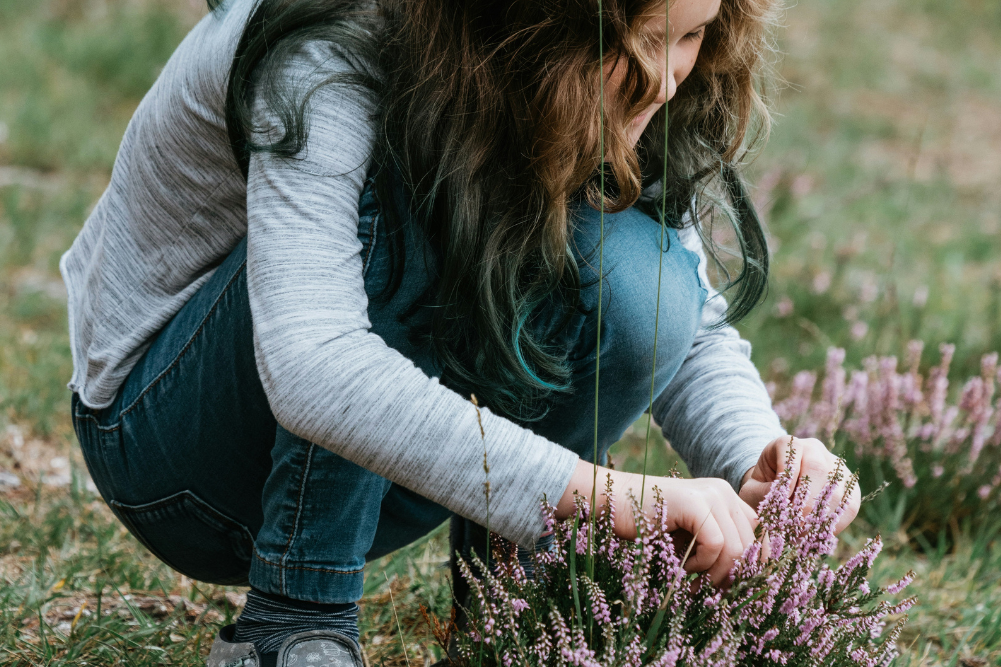How green is grey water?
How would you like to be able to water your garden regardless of the mandatory water restrictions throughout many parts of Australia? The solution lies in your very own home, or rather the water that leaves your home. Grey water recycling is an old idea enjoying a new surge of interest as more Australians turn to alternative irrigation methods in this time of severe drought.
Grey water is generally classified as household water that has been used in the bath, shower, spa, hand basin and final rinse cycle of the washing machine. This water can be diverted without treatment to the garden. Water from the kitchen can only be reused if treated and all water must be treated before reuse in the house (for example, for toilet flushing). Grey water doesn’t include water from the toilet; this is termed "black water" and requires extensive treatment before it can be reused.
Benefits of grey water
In your home, grey water makes up approximately 60 per cent of waste water. Sydney Water Corporation estimates the average household (3.5 people) produces 586 litres of waste water per day, which means every day every house produces at least 350 litres of grey water that could easily be recycled.
If you’re wondering how it’s possible for one house to use that much water in a day, consider these figures:
- Brushing your teeth with the tap running uses five to 10 litres of water.
- A single toilet flush uses 15 to 20 litres.
- Taking a bath uses 60 litres.
- Taking a 10-minute shower uses 100 litres.
- Doing a load of washing uses 225 litres.
In view of the depleted water levels in dams around the country, these figures are alarming. On the bright side, here you have an amazing untapped resource for watering your garden, with the average household producing enough grey water for at least 30 minutes of irrigation per day.
Consult local authorities
Before you purchase and install any kind of grey water recycling system you’ll need to contact your local water authority, council and health department for approval. Guidelines and requirements vary across Australia regarding what house water can be recycled, the method of installation and treatment and the type of irrigation system that can be used. Securing authorisation of your grey water system will obviously be necessary if you’re seeking a financial rebate.
Some councils, for instance, will let you use grey water in the garden only if it has been treated, not just diverted and filtered. Some water authorities offer a financial rebate only if the grey water system is installed by a licensed plumber. Other factors can be the type of soil in your garden, the slope of the land and your proximity to conservation areas or natural water sources.
What type of system?
The type of grey water system you choose will depend on your budget, what use the grey water will have in your home or garden and the length of time you want to store grey water. Grey water systems either directly divert the water to the garden or treat the water to make it suitable for use in the toilet and washing machine, as well as allowing it to be stored for longer.
No matter what system you choose, always check the product being offered is accredited by your state waste water and plumbing regulators for installation and use.
Grey water diverter system
This is the simplest and cheapest way to use grey water in the garden, with set-up costs being quite low for plumbing and products. It’s generally the case that if you’re only diverting grey water for use in your garden, your household will often produce more grey water in a day than can be reused. Untreated grey water can’t be kept for more than 24 hours as it can become septic and give off an offensive odour. Excess grey water is redirected into the sewerage system.
Water diverter systems are either gravity or pump activated, depending on the slope and size of your garden. A diverter is attached to your existing plumbing so that grey water is channelled into the garden through a three-way valve. The grey water will be directed straight into the irrigation system, into a temporary storage tank (a surge tank) or back into the sewerage system. Diverter systems are available in parts or as an entire system; they can be portable or fully automated and can be located above ground or underground. An overflow drain must be connected to a surge tank to help direct excess grey water back into the sewer.
With a diverter system, filters should be placed at the plugholes of showers and basins as well as around all pipes connected to the surge tank to prevent solids from entering the irrigation system and blocking the pipes. These need to be emptied and cleaned regularly.
Grey water treatment systems
Treated grey water can be used for irrigation, for reuse in the washing machine or for toilet flushing. It can also be stored for longer than 24 hours.
Grey water treatment systems filter and disinfect the water to remove pathogenic micro-organisms. This kind of system costs more than the diverter system, takes up more space and usually involves underground installation. The systems generally comprise separate treatment and storage tanks and must be installed by a professional. Plumbing accessories may need to be purchased separately.
Types of treatment and storage include the following:
- Aerobic waste water treatment systems (AWTS) are usually used in conjunction with a septic tank. The unit treats the filtered water through aeration, settling and disinfecting with chlorine.
- Wet composting systems consist of a tank with layers of filtration beds (using sand and peat) that separate the solids from the liquids; worms compost the solids. The water trickles through the beds and is then disinfected at the bottom of the tank — by chlorination or with an ultraviolet lamp — before being stored in a separate area.
- Sand filtration systems consist of sand beds located below the ground that both absorb and treat grey water (once solids are removed). Chlorination is not needed in this process.
- Electro-flocculation systems use coagulating metal ions so that pollutants are removed by the bubbles generated during the process. This system uses more energy than the others. The wet composting system is the only one that can reuse every part of grey water. All the other systems produce a sludge from the extracted solids, which needs to be disposed of. Again, check with your local council and water and health authorities about the requirements for long-term storage of grey water before buying these systems.
Irrigating with grey water
While recycling grey water means a lot more water for your garden, there are a few important guidelines to follow to ensure you keep your family, neighbours and garden safe.
As a general rule, the way to transport untreated grey water to your garden is through sub-surface irrigation pipes. Sub-surface means at least 10 centimetres below the surface. The larger the openings of the irrigation pipes, the less chance of blockage from solids that aren’t caught by the filters. A layer of mulch on top of the irrigation system is recommended to prevent grey water rising to the surface and coming into contact with humans or animals.
The distribution of grey water in your garden needs careful monitoring to make sure no runoff is produced and all water stays within your property. You should rotate the areas of the garden you irrigate with grey water and you can’t water after heavy rainfall.
If you notice a funny odour in the garden or if your plants begin to look unhealthy, discontinue use and thoroughly check the chemicals used in the bathroom and laundry. The pH level of your grey water should be checked occasionally and grey water should not be used on vegetables, fruits or herbs.
Finally, although you can’t use hot water on plants, untreated grey water should not be left to cool for too long before you use it, as it has a short lifespan.
In the wash
When recycling grey water for the garden, only use certain types of cleaning agents, as phosphorus in the water can block iron absorption by the plants and many detergents increase the salinity of the soil. This means using only biodegradable washing powders and organic soaps, shampoos and detergents with a low phosphate and low sodium count.
Also avoid bleach, disinfectant, bubble bath and shower gel. There are many environmentally friendly cleaning products available and long-standing favourites such as eucalyptus and tea-tree oil are good alternatives.
Grey water rules
- Don’t use grey water systems that aren’t accredited by your local authorities.
- Don’t store untreated grey water for more than 24 hours.
- Reuse only final-rinse water from your washing machine.
- Don’t reuse toilet water (also known as black water).
- Don’t use grey water on fruit, vegetable or herb gardens.
- Check the pH level of the grey water from time to time.
- Wear gloves and wash your hands after touching grey water.
- Allow grey water to cool before use (hot water damages plant roots).
- Alternate the areas of your garden on which you use grey water.
- Don’t over-water your garden with grey water, or water it when raining.
- Don’t use untreated grey water for any surface irrigation.
- Don’t reuse laundry water that has been used to wash nappies.
- Make sure irrigated grey water stays within your property.
- Keep children and pets away from grey water.
Adapted from Water Friendly Garden Design (Universal Magazines). T: 1300 303 414, (02) 9887 0339, W: www.universalshop.com.au.







